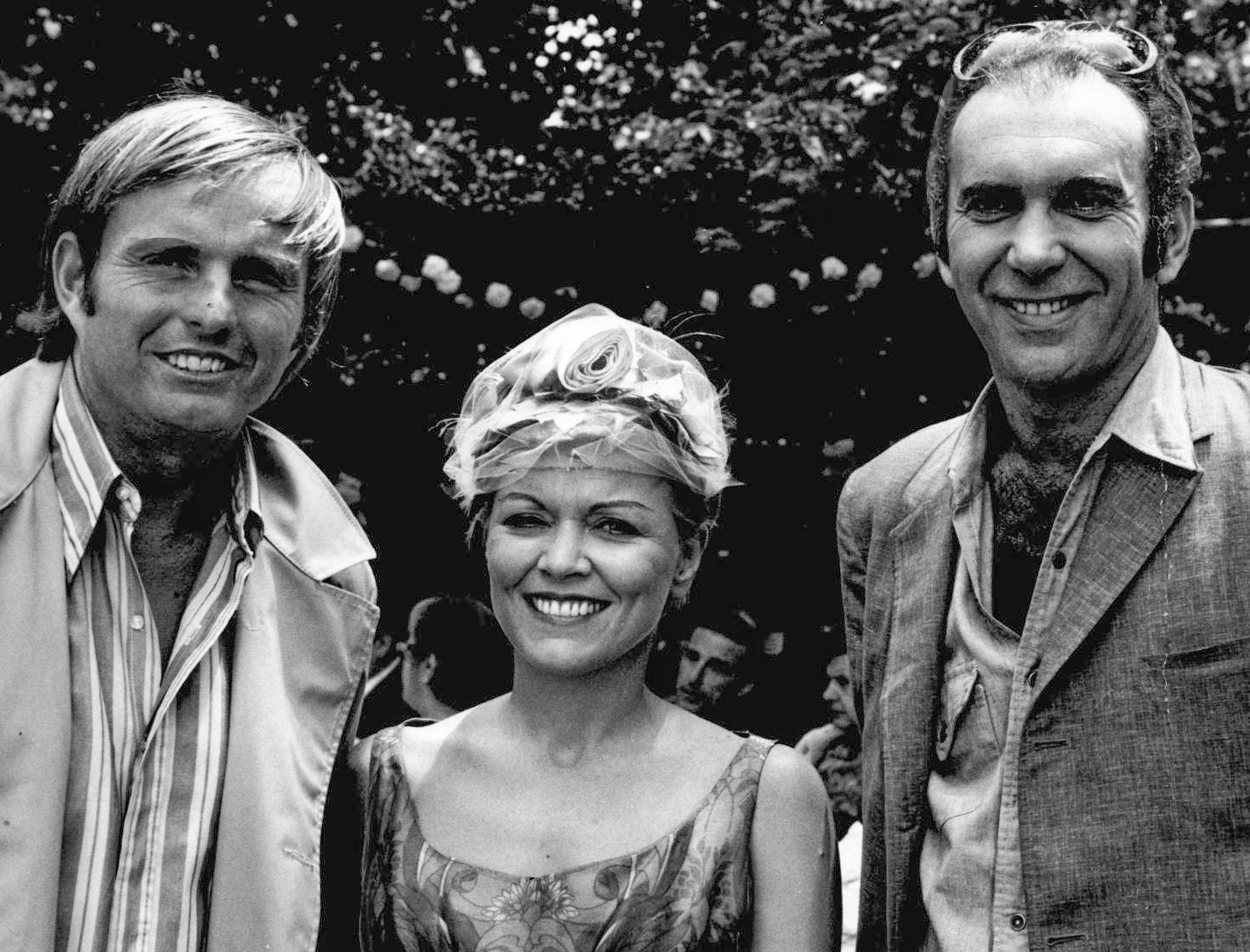The Encyclopedia of Oklahoma History and Culture
FREDERICKSON, HARRY GRAY, JR. (1937–2022).
Born on July 31, 1937, in Oklahoma City, to Harry and Dorothy Frederickson, Harry Gray Frederickson produced movies for more than six decades. His father, Harry Frederickson, an oil man, was involved in the manufacture of the first parking meter and served as a publicity agent for the famed pilot Wiley Post. Harry’s father, George Frederickson, had a store on Oklahoma City’s main street and helped found the Oklahoma City Golf and Country Club. Oklahoma City University’s field house is named for him.
Gray Frederickson attended Casady High School in Nichols Hills, where he was a classmate of Hollywood publicist Jay Bernstein and Broadway producer Max Weitzenhoffer. Frederickson graduated from the University of Oklahoma (OU) but spent one year of college at the University of Lausanne in Lausanne, Switzerland. The day after he graduated from OU, he left for Europe again and eventually attained a job as an accountant for an engineering firm in Rome.
At that time Italian and American filmmakers based many of their projects in Rome, and Frederickson socialized with the casts and crews. One of his movie friends, Tony Foutz, convinced him to produce a movie. Fredrickson quit his job, returned to Oklahoma, and raised twenty thousand dollars to finance Natika (1963), starring John Barrymore, Jr. He worked on six other movies with Italian filmmakers, including the Clint Eastwood film The Good, the Bad, and the Ugly (1966).
Eastwood sold Frederickson on relocating to Los Angeles, California. He teamed with Al Ruddy there, and they produced Little Fauss and Big Halsey (1970). The next film the two made would be The Godfather (1972), which began a long-time professional and personal relationship between Frederickson and Francis Ford Coppola. They worked together on The Godfather Part II (1974), which won them an Academy Award for best picture, Apocalypse Now (1979), One from the Heart (1981), The Outsiders (1983),and The Godfather Part III (1990). The filming of Apocalypse Now in the Philippines took sixteen months and faced many obstacles. A typhoon destroyed all the movie sets, the star was changed from Harvey Keitel to Martin Sheen, and Sheen had a minor heart attack. Coppola filmed The Outsiders in Tulsa, and the movie created a generation of Oklahoma filmmakers whose first taste of moviemaking was on this film.
Besides Frederickson’s work with Coppola, he produced several other successful films, including Hit! (1973), UHF (1989), Ladybugs (1992),and South of Heaven, West of Hell (2000). In 2000 Frederickson returned to Oklahoma to help create a film incentive program and the Oklahoma Film Institute at Oklahoma City Community College, and he also taught there. He continued to produce movies with students who graduated from his program. In 2019 the Oklahoma Heritage Association inducted Frederickson into the Oklahoma Hall of Fame. Gray Frederickson died on November 20, 2022.
See Also
JAY LEE BERNSTEIN, WILLIAM BLAKE EDWARDS, FILM IMAGES OF OKLAHOMA, RON HOWARD, RECREATION AND ENTERTAINMENT, JAMES ELMO WILLIAMS
Learn More
Chuck Davis, “Hollywood Producer holds Firm to Roots,” Daily Oklahoman (Oklahoma City), 14 August 1990.
Gray Frederickson, “An Okie in a Ferrari” (unpublished typescript dated 15 August 2023), Private Collection, Oklahoma City.
“Gray Frederickson,” Vertical File, Research Center, Oklahoma Historical Society, Oklahoma City.
Larry O’Dell, comp., Oklahoma @ the Movies (Oklahoma City: Oklahoma Historical Society, 2012).
Jimmie Tramel, “Academy Award‒winning Oklahoman Dies,” Tulsa (Oklahoma) World, 22 November 2022.
Citation
The following (as per The Chicago Manual of Style, 17th edition) is the preferred citation for articles:
Larry O’Dell, “Frederickson, Harry Gray, Jr.,” The Encyclopedia of Oklahoma History and Culture, https://www.okhistory.org/publications/enc/entry?entry=FR026.
Published September 22, 2023
© Oklahoma Historical Society


